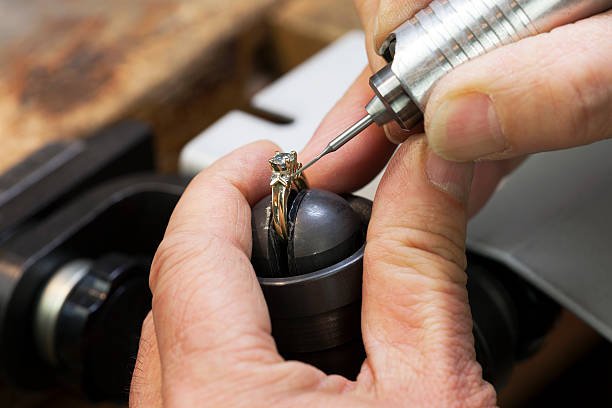How to Evaluate the Quality of Blue Sapphire Stones All Entries

Second only to diamonds in hardness, blue sapphire stones are one of the most durable gems on the market. If you are considering purchasing some of these beautiful stones, it is important that you know how to evaluate their quality. Quality standards include cut, shape, and the presence of any imperfections.
The Cut
The cut of the stones is an important consideration. It determines how much light will go into the stone, which makes it sparkle. A deep cut sapphire has a better color and is usually rated on a scale of excellent to poor. Look for ratings from the Gemological Association of America, an official gemstone organization that is regarded as the most reliable gemstone rating source.
The Shape
The shape of the stones is different than the cut. Some things to keep in mind are:
- It can be carved into just about any shape you can imagine due to its durability and the way the crystal forms.
- Common shapes of blue sapphire stones include trillion (triangular shape), square, pear, oval, and round, with the round cut being a little bit more expensive.
The Color
In addition to the most prized royal blue stones, the shades of blue range from dark, navy blue to a light princess blue. Since the royal blue color is the most prized, it is also the most expensive. One shade lighter or darker than royal blue is a more affordable option. When evaluating blue sapphire stones, follow these guidelines:
- Look for intense and deep shades of blue.
- The color should be rich even in settings that are not well lit.
- If too light or dark, muddy, or ink-colored, the sapphire is not as valuable.
While most people are aware of the blue sapphire stones, they do come in other colors including pink, yellow, violet, white, and green. The clear and yellow varieties are the rarest.
Imperfections
Visible imperfections, known as inclusions, are often found in natural blue sapphire stones rather than their synthetic counterparts. Inclusions are internal flaws, such as crystals, fluids, clouds, needles, or any other material that is trapped inside a mineral during its formation. These inclusions can lower the value of the stone.
While blue sapphire stones should be clear and sparkly to the naked eye, it is advisable to use a jeweler's loupe when evaluating them. It will help identify any imperfections in the stones.
Large and/or long inclusions are a warning sign that those stones are more likely to crack if bumped. It is important to remember that any imperfections can be obscured by a stone's setting, which is why it is recommended that gemstones are purchased loose. They can then be inspected and added to a setting.
Treated Sapphires
Most of these gemstones are heat-treated in an oven for several hours at a high temperature. This brings out the color of the stone, enhancing its beauty. It is rare to find untreated stones that possess the superior color of the heat-treated stones. Ask whether or not a stone has been treated. The rare untreated and unblemished stones are worth more despite the fact that heat-treated stones are also quite valuable.
If you are interested in buying blue sapphire stones or have additional questions, visit Ralph Mueller and Associates or call at 480-949-9229.